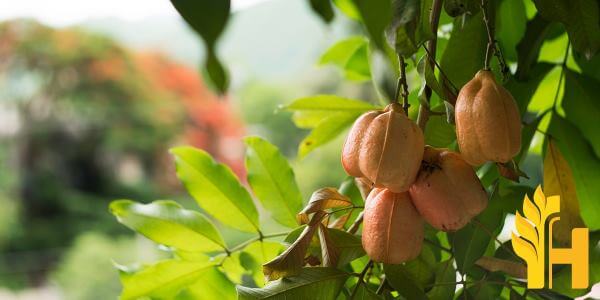Ackee price

Where to buy and sell Ackee, lowest (cheapest) and highest price.
check offers buy sell AckeeToday price for AckeeAckee fruit
The ackee, also known as ankye, achee, akee or ayee, is a plant of the Sapindaceae soapberry family, just like lychee. It is also known as Blighia sapida. It is a fruit with many culinary uses, and in fact, it is used in a Jamaican national dish: ackee and saltfish. In fact, ackee could be nominated as the country’s national dish.This exotic fruit grows on evergreen trees which can be up to 9 meters tall all year long. The trees are characterized by their compound leaves and white flowers with a pleasing smell. It is native to West Africa but was introduced in the Caribbean with the transfer of slaves. It is bright red with two to four creamy-colored sections inside. The inside of the fruit is covered with soft bright flesh that covers large and glossy dark, almost black, seeds. To eat the fruit, its seeds need to be removed from the flesh. The fruit also needs to be peeled from its soft, red skin. The flesh should additionally be washed before consumption.
Many people claim that the flesh of the fruit looks just like scrambled eggs. However, the taste of this fruit is nothing like eggs. It tends to be a little bit bitter, and when cooking has an almost nutty flavor.
Jamaica is the main producer of ackee in the world. It is also cultivated on a small scale throughout tropical and subtropical regions. The fruit is hard to found fresh in countries other than Jamaica. Exports of ackee are under strict control because unripe fruit may be poisonous and lead to a disease called Jamaican vomiting. The unripe fruit contains large amounts of hypoglycin, an unnatural amino acid, which may be dangerous for consumers. Fresh fruit can be frozen or used right away. It can also be found canned and then stored for a long time. Cooked fruit can be stored for up to four days in the fridge.
Global ackee production
Ackee is a tropical fruit that is popular in many parts of the world. The fruit is grown in warm climates and is harvested when it is ripe. Ackee production takes place in many countries, including Brazil, Jamaica, and Haiti. Ackee fruits are used in many dishes, including curries and stews. They can also be eaten on their own. The fruits are high in nutrients, including vitamin C and potassium. Ackee production has increased in recent years due to the growing demand for fruit. However, ackee harvesting is a labor-intensive process, which limits the amount of fruit that can be harvested. This has resulted in higher prices for ackee fruit. Despite the challenges, ackee production is expected to continue to grow in the coming years. This will provide many people with access to this nutritious fruit.Download our new
Husfarm App
Stay up to date with the current prieces of agricultural products all over the world.
Do you want to sell agricultural products?
Are you an Agricultural processor looking for high-quality products to buy?
Post an ad for FREE!
